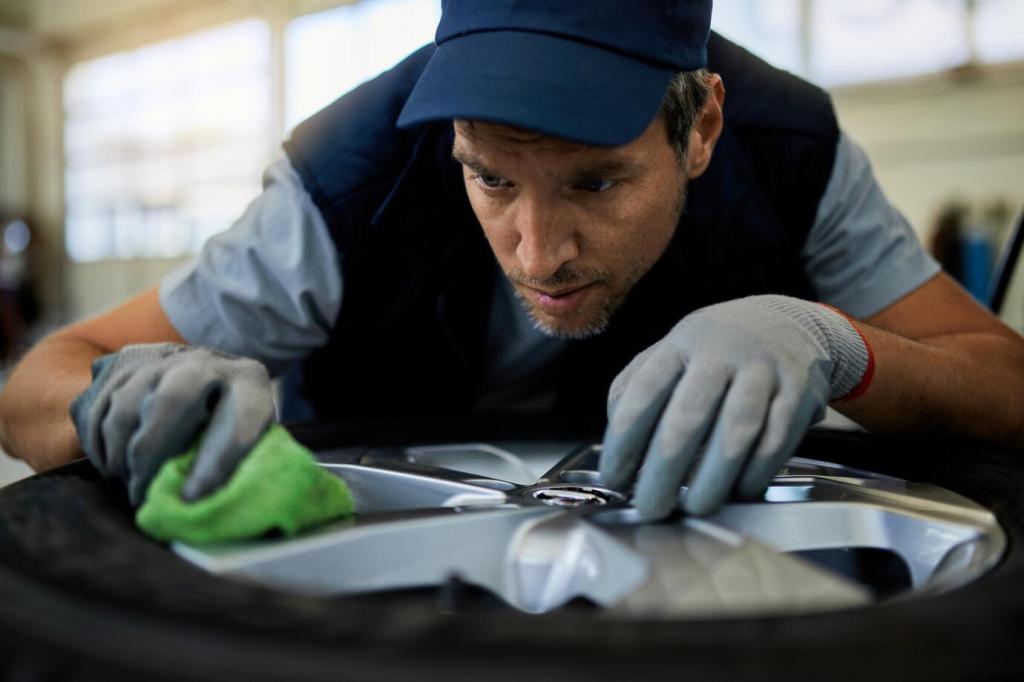Feel, Sound, and Smell: The Sensory Side
Thermal conductivity matters: leather warms slowly but holds heat, fabric feels neutral, and perforation helps ventilation. Foam density alters softness and support. Share which surfaces feel best in your climate, and subscribe for seasonal care tricks that prevent cracking and shine.
Feel, Sound, and Smell: The Sensory Side
Headliners, carpets, and underlayment foams tame road noise using density layers and decoupling. Textiles scatter sound; molded felts absorb vibrations. Tell us your quietest ride story, and follow for deeper dives into sound-deadening materials hidden beneath your feet.
Feel, Sound, and Smell: The Sensory Side
Leather’s scent comes from tanning chemistry, while adhesives and plastics can off-gas VOCs. Low-VOC resins and water-based glues reduce harsh smells. Comment if interior odors influenced a purchase, and subscribe for guidance on keeping fresh air without masking problems.




